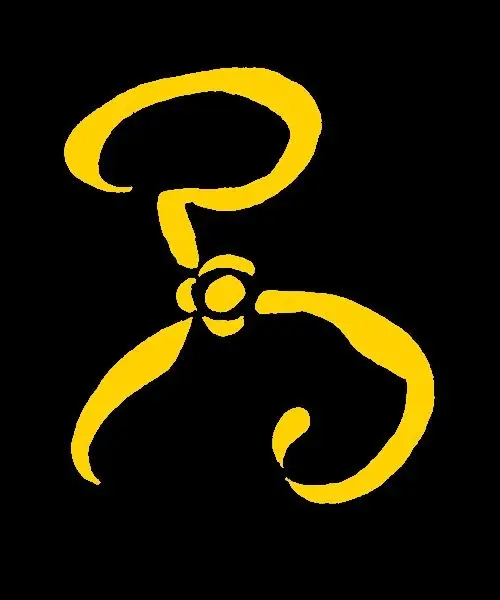Welcome back to our adventure into the Dreamlands as described by H.P. Lovecraft. In this week’s thread we will be discussing the reading of last week, The Quest of Iranon and The Other Gods.
This week we reach the “midway point” in terms of stories read in the Dream Cycle, though the stories in the latter half tend to be weightier volumes. We will be reading two more tales: Hypnos and Azathoth.
Our first story, Hypnos was written in March 1922. It is found in PDF format via our friend the Arkham Archivist here and in audio format via LibriVox here.
Our second story, Azathoth is the shortest of our tales thus far and is reportedly the beginning to an incomplete novel of Lovecraft. It can be found in PDF format via the same link above. I failed to find a LibriVox audio recording, thus I rely once again on the talented YouTuber HorrorBabble. A link via piped is available here.
Image Credit Carlos Palma Cruchaga.
Sorry for a couple of late submissions. The previous one was due to my brother’s stag, and this week I’m visiting the in-laws.


A common thread between the two short stories of this week are questing and unanticipated consequences of said questing. Both serve, in referencing previous Dream Cycle tales, to establish this set of tales in a continuous and connected canon of the Dreamlands. This is particularly interesting as again it suggests a connectivity between dreams beyond the imaginations of their dreamers. Can we really say that these dreams belong to the dreamers of those previous stories, or do these dreamers in fact travel to some independent place in dream?
The Quest of Iranon is are more tragic tale, telling of a different kind of madness resulting in lifelong dissatisfaction, loneliness, and a feeling of never truly belonging. Our protagonist Iranon has spent almost his entire life as a wandering bard, his purple travelling cloak in tatters. His wandering is not borne of wanderlust; he is an exiled scion from the marvellous city of Aira, whose location is now unknown to him and any that he asks. Wherever he wanders, he draws a crowd as he laments for his homeland, though inevitably his audience dwindles. Having effectively been driven out of the latest settlement that he has visited, he finds a travelling companion in a young boy Romnod who has become disenfranchised from his city’s culture of hard toil and abstinence from the arts and other forms of pleasure.
Iranon and Romnod wander for years towards a city beyond the mountains. Iranon seemingly does not age at all during this time, though Romnod grows, experiences puberty, and finally overtakes Iranon in age. In the city of Oonai they find some satisfaction: Iranon has widespread recognition of his talents and Romnod finds liquor and partying. They grow content there and eventually fall to decadence. Iranon gradually loses his audience until the only listener left is Romnod, who soon thereafter dies from an excess of drink and partying.
Iranon leaves Oonai, continuing on his quest for Aira. One night he comes along a squalid cottage and elderly shepherd, and asks once more for news of Aira. The shepherd in fact has something to say of Aira. As a child he played long with a child who considered himself a lost scion of the city of Aira. This boy would constantly sing laments of Aira until one day running away in search of Aira. The moment of denouement comes when the shepherd names his long lost friend Iranon.
As if released from a spell, Iranon ages rapidly until he too is an old man. Knowing finally that his quest is in vain, he wanders into the lethal quicksands and towards his death.
In this tale we see reference to two previous Dream Cycle stories: Polaris and The Doom That Came to Sarnath. He notes that he has “gazed on the marsh where Sarnath once stood” and that he has been “to Thraa, Ilarnek, and Kadatheron (N.B. confusingly not related to Unknown Kadath, the namesake of a later story) on the winding river Ai (N.B. no relation to the city of Aira), and dwelt long in Olathoë, in the land of Lomar.”
There has been some debate over which of the dream tales actually take place in the waking world, as Polaris certainly takes place in Dream but hints at a long dead (and lost to historical record) hyperborean city of Olathoë. A tale from last week, The Nameless City certainly takes place entirely in the waking world, yet makes reference to Sarnath in the land of Mnar. I’m inclined to believe that they may be analogous locations dreamt up by ancient societies of the waking world, though I can’t support that with references in the literature. It’s simply my head-canon to justify locations being referenced both within and without the Dreamlands.